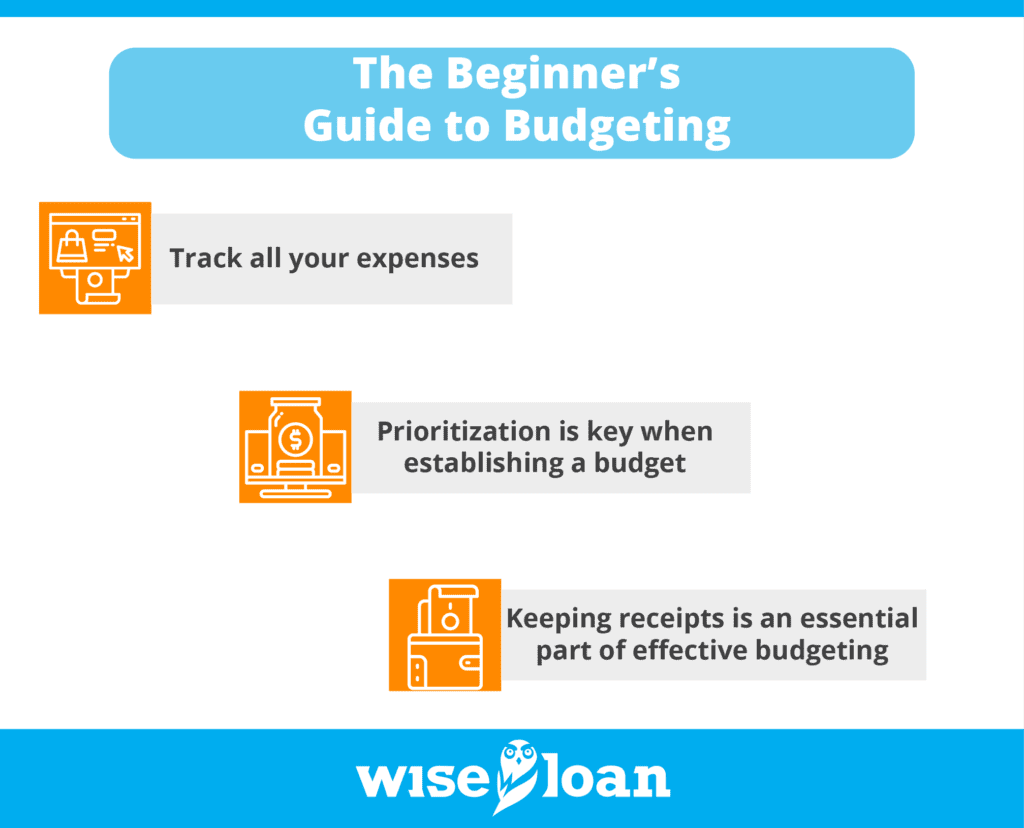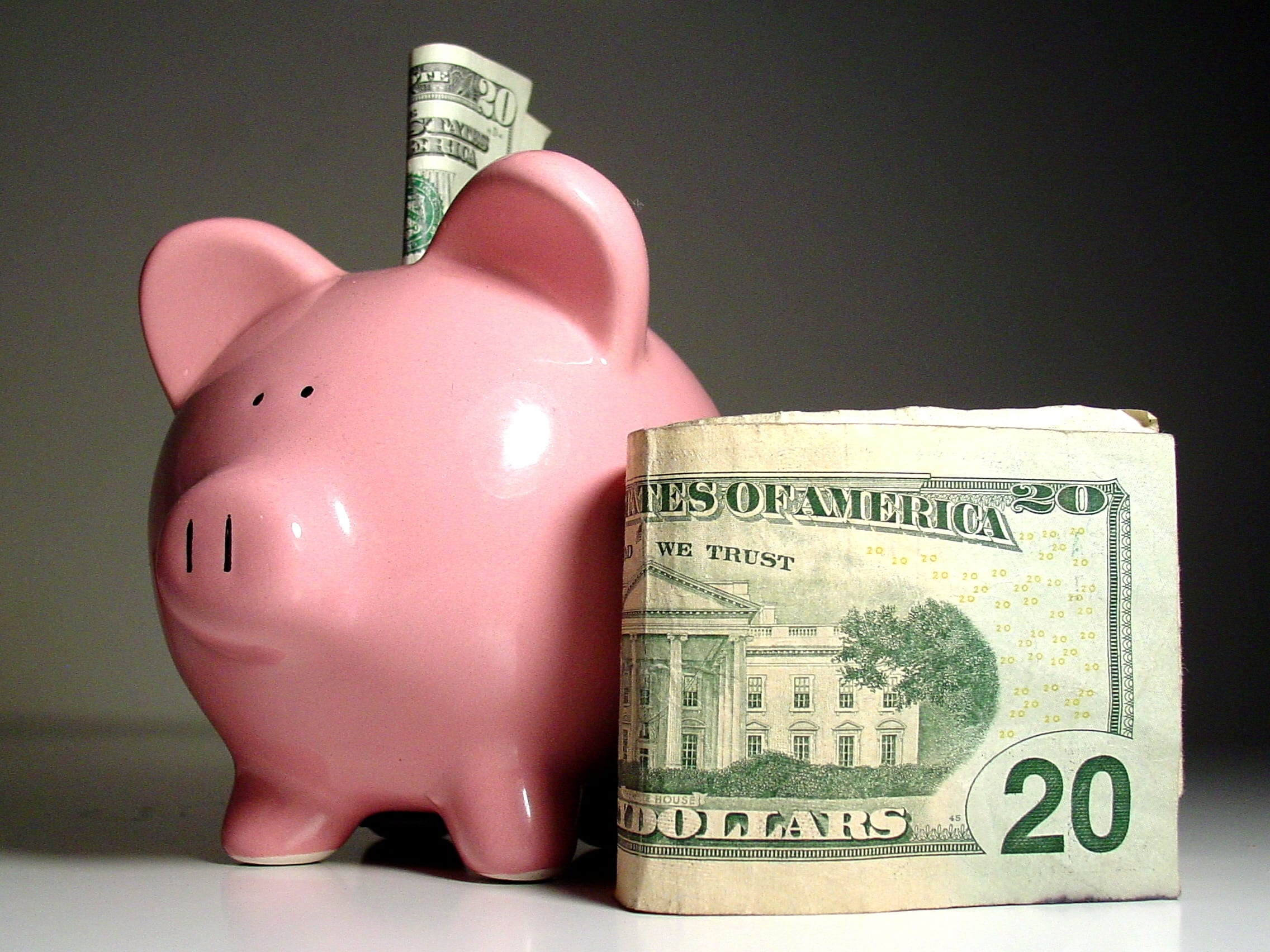Mastering Your Money: How to Build a Budget That Actually Works in 2025
Learning to budget isn’t just a good idea—it’s essential for surviving and thriving in today’s economy. Whether you’re just starting out in the real world or you’ve never had to create a budget before, the first step to financial success is understanding where your money goes—and then telling it where it should go.
In 2025, financial stability remains elusive for many Americans. According to Bankrate’s 2025 Emergency Savings Report, only 41% of U.S. adults would use savings to cover a $1,000 emergency expense, marking a decline from 44% in 2024 and the lowest percentage since 2021. Alarmingly, 27% of Americans have no emergency savings at all, the highest percentage since 2020 .
Younger generations are particularly affected. The same report indicates that 29% of Gen Zers (ages 18–28) have no emergency savings, and 44% have less than three months’ expenses saved. Millennials (ages 29–44) fare slightly worse, with 34% reporting no emergency savings—the highest among all generations .
But here’s the good news: If you’re paying rent, keeping the lights on, or buying groceries, you already have the foundation of a budget. Now it’s time to build on it. By understanding your spending habits and making informed adjustments, you can take control of your financial future.
Why Budgeting Matters More Than Ever in 2025
Inflation, rising interest rates, and higher living costs have made budgeting more important than it’s ever been. In fact:
-
Food prices are up 4.2% year-over-year, according to the USDA.
-
The average rent in the U.S. hit $2,005 per month in early 2025 (Zillow).
-
Over 60% of millennials and Gen Z say they live paycheck to paycheck.
But budgeting isn’t just about surviving. Done right, it helps you:
-
Improve your credit score
-
Avoid overdraft fees and debt traps
-
Build savings (even if it’s just $10 at a time)
-
Create long-term peace of mind

Step 1: Know What You Owe, Own, and Spend
Before you create a budget, you need a clear picture of your **income, debts, and spending**. Here’s how:
✅ Start with your income
Include everything—job paychecks, tips, side hustles, child support, student aid, or government benefits. Write down your net income (what hits your account after taxes).
✅ List your fixed expenses
These are non-negotiables that stay the same monthly:
– Rent or mortgage
– Utilities (electric, water, gas)
– Car payment or insurance
– Subscriptions (Netflix, Spotify, etc.)
✅ Track your variable spending
These change month to month:
– Groceries
– Gas
– Eating out
– Shopping
– “Oops” expenses
Start saving every receipt or use a budgeting app like Mint or Rocket Money to track
Step 2: Choose a Budgeting Method That Fits Your Life
There’s no one-size-fits-all. Try one of these popular budgeting strategies:
📊 The 50/30/20 Rule
-
50% of income to needs (bills, groceries)
-
30% to wants (fun, hobbies, subscriptions)
-
20% to savings or debt repayment
📋 Zero-Based Budgeting
-
Every dollar gets a job—even if that job is “save $5”
-
Great for detail-oriented people or those working to pay off debt fast
📱 Pay-Yourself-First Method
-
Save first, spend what’s left
-
Perfect if you’re trying to build an emergency fund or tackle loans
Whichever method you choose, consistency is more important than perfection.
Step 3: Prioritize Like a Pro (Even When It’s Tough)
You don’t need to give up everything you love—but you do need to make smart trade-offs. Try this exercise:
-
List your top 3 financial goals (Example: Pay off credit card, build $500 emergency fund, save for car)
-
Highlight non-negotiables like rent, gas, and groceries
-
Spot “leaks”—maybe it’s takeout, Target runs, or impulse Amazon buys
💡 Pro Tip: If you eat out 4 times a week at $15 each, that’s $240/month. Cut that in half and you’ve got $120 to put toward your loan balance or savings.
Step 4: Automate Where You Can
Don’t rely on memory. Use automation to your advantage:
-
Auto-pay bills to avoid late fees
-
Set up transfers to savings each payday—even $5 counts
-
Use alerts from your bank or app to warn you about low balances
Wise Loan also reports positive payment history to the credit bureaus, so paying on time isn’t just smart—it’s credit-building.

Step 5: Learn to Tackle Debt Strategically
If you’re carrying credit card balances, student loans, or buy-now-pay-later balances, start building a repayment plan.
Try the Avalanche Method:
-
Pay minimums on all debts
-
Put extra money toward the highest-interest debt first
Or the Snowball Method:
-
Pay off the smallest balance first (for a quick win!)
-
Then roll that payment into the next biggest balance
📉 Stat Check: The average American household carries over $7,500 in credit card debt with an APR of 22.8% (as of 2025). That can add up fast without a plan.
Step 6: Don’t Budget Alone—Use Tools and Get Help
Budgeting isn’t about being perfect. It’s about getting better each month.
Use one of these free apps to help you manage:
-
Mint – Simple tracker that connects to your bank
-
Rocket Money – Flags hidden subscriptions
-
Goodbudget – Great for envelope-style budgeting
And if you’re struggling to keep up, Wise Loan offers personal loans with:
-
Instant or same-day funding
-
Flexible repayment options (weekly, biweekly, or monthly)
-
No penalty for early payoff
Whether you’re trying to cover an emergency or consolidate high-interest debt, our team can help you choose the right loan for your goals.
Common Budgeting Questions
What should I do if my income changes every month?
If your paycheck isn’t consistent, budgeting is still possible. Start by averaging your monthly income over the past 3–6 months. Use that number to plan your essential expenses first—like rent, groceries, and bills. Then you can adjust for variable spending like dining out or entertainment. It’s also smart to create a “buffer” category for surprise costs.
Can I save money even if I’m in debt?
Yes—saving while in debt is actually one of the smartest things you can do. Start small, even $5 or $10 a week. Having a mini emergency fund helps you avoid using credit cards when unexpected expenses pop up. It’s not about choosing one or the other; it’s about protecting yourself from deeper debt while still making progress.
How do I make budgeting a habit when I’ve never done it before?
Treat it like a weekly routine—just 15 minutes every Sunday can make a huge difference. Use an app like Mint, Goodbudget, or Rocket Money to track your spending automatically. Set a recurring calendar reminder, and check in with yourself: Where did your money go last week, and what needs to change this week?
What’s the easiest way to track where my money goes?
Start by reviewing your last month of transactions. Print out your bank or debit card statement and highlight every dollar spent. You’ll start spotting patterns (like how much goes to fast food or online shopping). Then, use a simple spreadsheet or app to sort purchases into categories: needs, wants, and savings.
Is there a budget plan that works best for beginners?
Yes—many beginners love the 50/30/20 rule. It’s simple: 50% of your income goes to needs (like rent and bills), 30% goes to wants (like dining out), and 20% goes to savings or debt repayment. You don’t have to be perfect—just aim for those percentages to create balance and avoid burnout.
How can I cut spending without feeling deprived?
Start by cutting the things that give you the least joy. Maybe it’s a subscription you barely use or those mid-week delivery orders. Try swapping expensive habits for cheaper alternatives: cook at home more often, plan free weekend activities, or shop with a list to avoid impulse buys. Budgeting doesn’t mean giving up everything—it means choosing what matters most.
Budgeting Is a Skill, Not a Sacrifice
Budgeting doesn’t mean giving up everything fun—it means having control over your money. In a world where credit scores can affect your job opportunities, apartment applications, and even your insurance premiums, learning to budget gives you real power.
If you’re feeling overwhelmed or unsure where to begin, let Wise Loan be part of your journey. We specialize in helping people who are building (or rebuilding) their financial foundation.
📞 Call us at 800-516-7840 or visit WiseLoan.com to explore fast, flexible loan options that support your goals—not just your bills.
For assistance in paying off student loan debts or managing monthly expenses, consider a personal loan with Wise Loan. Our team will help you find the perfect loan solution, enabling you to achieve financial freedom sooner. Feel free to reach us at 800-516-7840!
The recommendations contained in this article are designed for informational purposes only. Essential Lending DBA Wise Loan does not guarantee the accuracy of the information provided in this article; is not responsible for any errors, omissions, or misrepresentations; and is not responsible for the consequences of any decisions or actions taken as a result of the information provided above.
More information on Installment Loans and how they work in your state:











